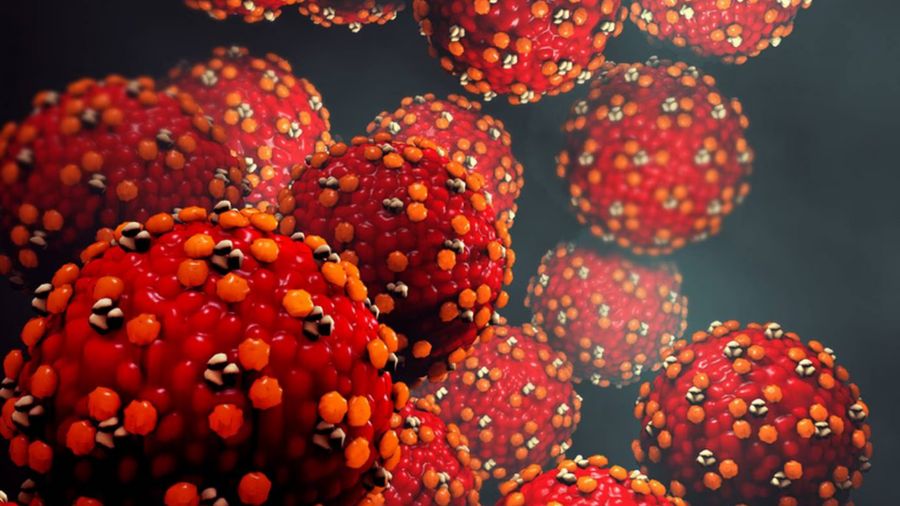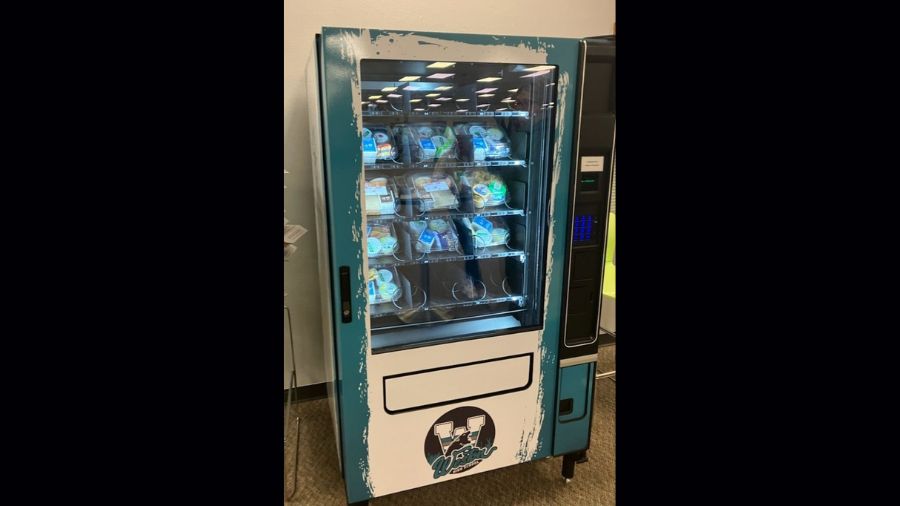Seattle’s sewage plant is having trouble keeping up with population boom
Jul 18, 2017, 2:17 PM | Updated: 10:56 pm

The West Point Treatment Plant neighbors Seattle's Discovery Park near the Magnolia neighborhood. (King County)
(King County)
Seattle’s West Point Treatment Plant is essentially like a bathtub. If the drain becomes clogged and water keeps coming in, it’s going to spill over.
That’s the metaphor experts with Aecom, an engineering firm, told the King County Council Tuesday while delivering a report on the plant’s February failure. The biggest lesson from the independent study is that the plant is quite small for the job of taking on Seattle’s wastewater. As the study states: “West Point Treatment Plant has many constraints and the strain on the plant is likely to worsen.”
RELATED: Video of sewage churning in Seattle’s Elliott Bay
“This isn’t even one of those extreme rain events, this facility sees these events 30-40 times a year,” said Aecom’s Beverly Stinson.
Aecom’s study states that systems and training could not account for the “unprecedented” failure. But it also stresses that the facility has a small footprint.
Heavy rain sent millions of gallons of stormwater to the treatment plant in Discovery Park on February 9 — an Olympic swimming pool’s worth of flow into the facility each minute, according to the report. That water mixes with sewage. An offsite interruption to power during the storm caused a cascade of failures: Pumps failed at 2:12 a.m., followed by the valves — then flooding began. There were 120 alarms going off each minute for the near hour that crews attempted to catch up to the problem.
“It happened very rapidly and we found that within 10 minutes the water backed up in the primary tanks to the point where it would cause the system to shut down,” Aecom’s Nick Cooper said.
West Point Treatment Plant
The Aecom experts note that the West Point Treatment Plant is smaller than the county’s Bridgewater Plant in Woodinville.
“…yet it’s asked to treat 10 times the flow,” Cooper said. “It treats combined stormwater and sanitary sewage … We find that there is a very rapid increase in flow during storm events … within four hours you can get up to its peak capacity.”
King County is aware of the combined sewage and stormwater issue. The county and Seattle have a series of overflows for when pipes are full. It is not uncommon for pipes to overflow during storms and send untreated sewage into Lake Union, Lake Washington or Elliott Bay. And that’s before they reach the treatment plant. But its small size at Discovery Park means there is little space for the facility to expand, or have room for larger tanks. When wastewater enters the plant, there is nowhere else for it to go. Interruptions can be hazardous.
Aecom’s study stresses that as Seattle continues to grow, it is adding capacity to its sewage and stormwater systems. More sewage comes from new development. More development means more impervious surfaces that divert water from soaking into the soil. Instead, water gets sent down the storm drain to the plant. It’s a situation that could get worse as Seattle’s population continues to boom. The study also points out that climate change could cause more severe rainstorms in the future, adding to the problem.
But the small plant size was among a series of findings and recommendations the report states:
- Constraints: Aecom recommends conducting an evaluation to address plant constraints and maximize capacity within its existing footprint. Capital investments may be needed, but no price tag was placed on that.
- Insufficient redundancy: There needs to be more backup pumps, basins, alternative systems, and diversion channels for when failures occur.
- Emergency response training / personnel: Crews are trained for a range of incidents, but the study states this failure was “unprecedented.” Operators had little training for it and little time to respond. It required an electrician to fix, which was not onsite at the time.













